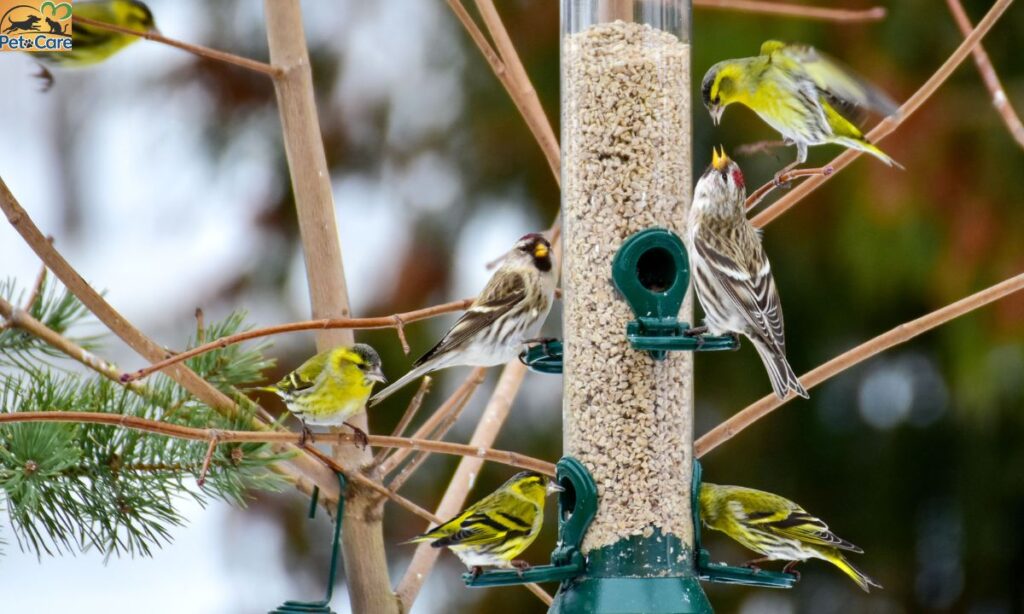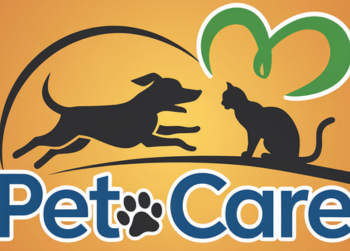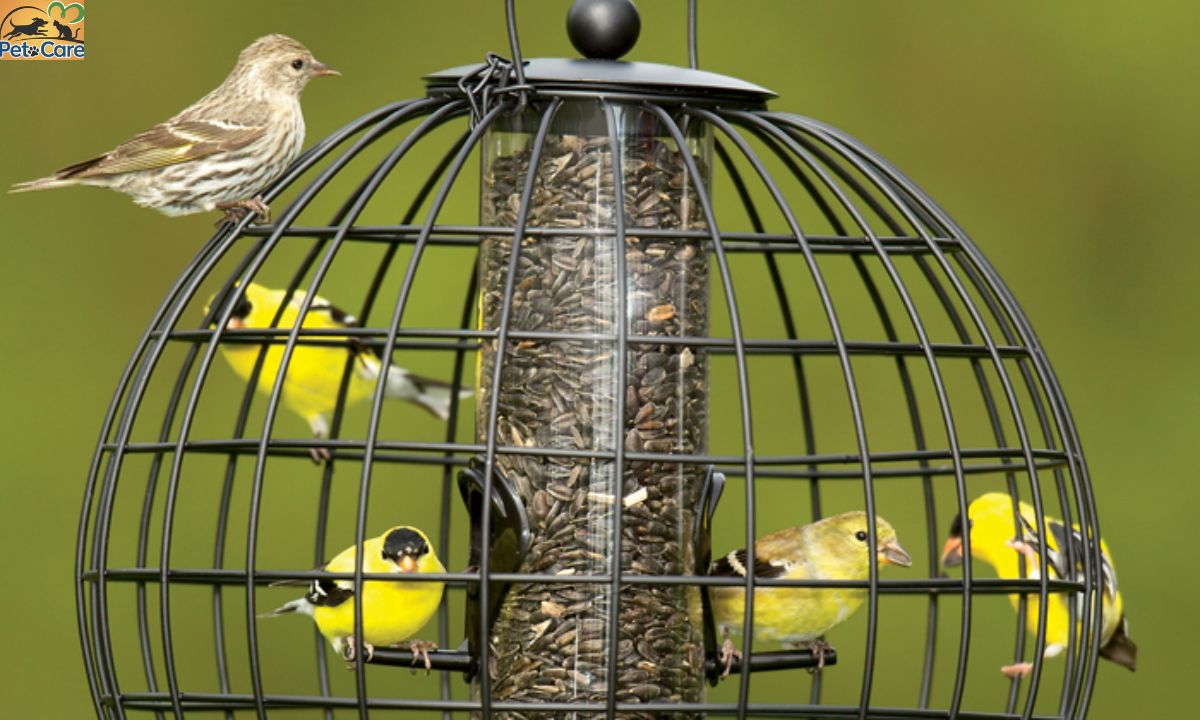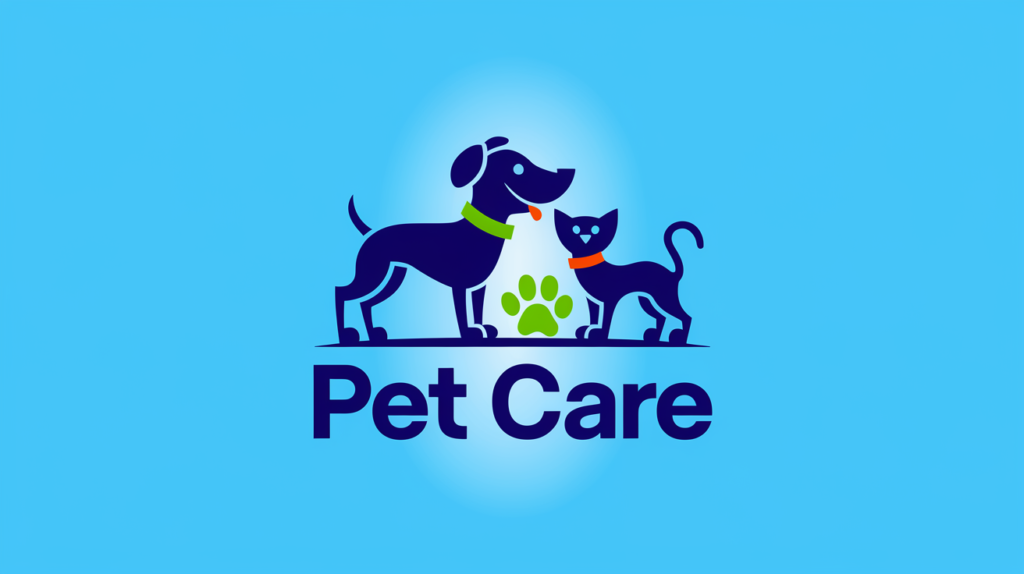Attracting birds to your garden can transform your outdoor space into a vibrant haven of activity and song. Setting up a bird feeder is just the first step—creating an environment that consistently appeals to a variety of bird species requires thoughtful planning and maintenance.
Whether you’re a beginner hoping to spot your first cardinal or an experienced birder looking to diversify your avian visitors, this comprehensive guide will help you maximize your bird feeding success.
Simple Ways to Attract More Birds to Your Feeder
Creating an irresistible bird feeding station doesn’t need to be complicated. With a few strategic adjustments, you can significantly increase both the number and variety of birds visiting your garden.
The key to attracting birds is understanding their natural behaviors and preferences. Birds are creatures of habit but also possess a natural wariness that helps them survive. When introducing a new feeder, remember that birds may take time to discover and trust it.
Things You Should Know
Before diving into specific strategies, there are several fundamental principles to understand about bird feeding. These key insights will help you create a more effective and bird-friendly feeding system.
Birds have excellent memory for reliable food sources. Once birds discover your feeder and recognize it as a dependable source of nutrition, they’ll return regularly. Consistency in keeping your feeders filled, especially during harsh weather conditions.
Scatter Seeds Around Your Feeder
One of the most effective ways to attract birds to a new feeder is to create a trail of seeds leading to it. This technique, often called “seeding the ground,” helps birds discover your feeding station more quickly and builds their confidence in approaching it.
Ground feeding is natural for many species. Birds like juncos, doves, towhees, and sparrows naturally forage on the ground. By scattering seeds below and around your feeder, you’ll immediately attract these ground-feeding species. Once these birds begin regularly visiting, their activity will catch the attention of other birds,
Read This Blog; What is The State Bird of Arkansas
Switch to a Different Feed
The type of feed you offer can significantly influence which birds visit your feeder. Not all bird foods are created equal, and different species have distinct preferences. Upgrading your seed quality or diversifying your offerings can dramatically increase bird traffic.
Black oil sunflower seeds are considered the gold standard in bird feeding. Their thin shells and high fat content make them accessible and nutritious for a wide range of species. Nearly all seed-eating birds are attracted to these seeds, making them an excellent foundation for any feeding program.
| Bird Type | Preferred Foods | Recommended Feeder Style |
| Cardinals, Grosbeaks | Sunflower seeds, safflower | Platform or hopper feeders |
| Finches | Nyjer seed, sunflower chips | Tube feeders with small ports |
| Woodpeckers | Suet, peanuts, sunflower | Suet cages, clinging feeders |
| Chickadees, Titmice | Sunflower seeds, suet, peanuts | Tube feeders, suet cages |
| Sparrows, Juncos | Millet, cracked corn | Platform feeders, ground feeding |
| Jays | Peanuts in shell, sunflower | Platform or hopper feeders |
| Doves, Pigeons | Millet, cracked corn, sunflower | Platform feeders, ground feeding |
| Bluebirds | Mealworms, suet | Specialized bluebird feeders |
| Orioles | Nectar, jelly, orange halves | Specialized oriole feeders |
| Hummingbirds | Nectar (sugar water) | Hummingbird feeders |
Set Up a Bowl of Water Nearby
Water is perhaps the most overlooked yet essential element in attracting birds to your feeding area. While birds can find food from multiple sources, clean water for drinking and bathing can be scarce, especially during dry periods or winter months. Adding a water feature near your feeders can dramatically increase bird visits.
Birds require water year-round, not just for drinking but also for maintaining their feathers. Bathing is critical for birds as it helps them keep their feathers in optimal condition for flight and insulation. A simple birdbath or shallow water dish placed near your feeders creates a complete resource station for birds, making your yard significantly more attractive.
Move Your Feeder to a New Spot

The location of your bird feeder plays a crucial role in determining its success. Birds have specific preferences regarding feeder placement based on their needs for safety, visibility, and convenience. If your feeder isn’t attracting birds, a simple relocation might solve the problem.
Safety is the primary concern for birds when feeding. Position feeders about 10-12 feet from shrubs or trees that can provide quick escape routes from predators. However, avoid placing feeders too close to dense cover where cats or other predators might hide.
Install Baffles to Keep Pests Away
Unwanted visitors like squirrels, raccoons, and larger bully birds can discourage your desired songbirds from visiting your feeders. Installing baffles and other deterrents can help create a more welcoming environment for the birds you want to attract.
Squirrel baffles come in two main types: pole-mounted and hanging. Pole baffles are typically dome or cylinder-shaped devices that prevent squirrels from climbing up the pole to reach your feeder. Hanging baffles are placed above hanging feeders to prevent squirrels from climbing
Read This Blog; What is The State Bird of kansas
Hang a Variety of Feeders
Different bird species prefer different feeding styles. By offering a diverse array of feeder types, you can attract a wider variety of birds to your yard. Each feeder style appeals to specific birds based on their natural feeding behaviors and physical characteristics.
Tube feeders are versatile and popular, featuring multiple feeding ports along a cylindrical seed reservoir. These feeders attract a wide range of small to medium-sized birds, including finches, chickadees, nuthatches, and titmice.
| Feeder Type | Target Birds | Best Foods | Placement Tips |
| Tube Feeder | Finches, chickadees, titmice | Sunflower seeds, mixed seed, nyjer | 5-6 feet high, near protective cover |
| Platform/Tray | Cardinals, jays, doves, juncos | Mixed seed, millet, sunflower, cracked corn | Various heights, including ground level |
| Hopper | Cardinals, jays, grosbeaks, finches | Sunflower seeds, mixed seed | 5-6 feet high, protected from weather |
| Suet Cage | Woodpeckers, nuthatches, chickadees | Suet cakes, suet blends | On tree trunks or poles, 5+ feet high |
| Nectar Feeder | Hummingbirds, orioles | Sugar water (4:1 water to sugar) | Hung in partial shade, visible from distance |
| Nyjer/Thistle | Goldfinches, pine siskins | Nyjer seed only | Hung in open areas visible to flying finches |
| Peanut Feeder | Woodpeckers, jays, titmice | Peanuts in shell or hearts | 5+ feet high, near tree line |
Replace Old Seeds Every 2 Weeks
Fresh seed is significantly more attractive to birds than stale or spoiled offerings. Birds can detect rancidity and mold that humans might miss, and they’ll avoid feeders containing old, unappetizing seeds. Regular seed replacement is essential for maintaining a popular feeding station.
When replacing seed, completely empty the feeder rather than simply topping it off. Old seed at the bottom of a feeder is often compressed, spoiled, or contaminated with droppings. Discard old seed rather than scattering it on the ground, as spoiled seed can spread.
Disinfect Your Bird Feeder Twice a Month

Regular cleaning and disinfection of bird feeders is not just about attractivenessit’s a critical step for bird health and safety. Dirty feeders can harbor harmful bacteria, mold, and parasites that spread diseases among bird populations.
Disease transmission at feeders is a serious concern among ornithologists and wildlife experts. Conditions like avian conjunctivitis, salmonellosis, and aspergillosis can spread rapidly when birds congregate at dirty feeders.
Frequently Asked Questions
Why did birds suddenly stop coming to my feeder?
Sudden decreases in bird visits can result from predator presence, seed quality issues, seasonal migration, natural food abundance, or feeder cleanliness problems.
Should I feed birds year-round or just in winter?
Year-round feeding benefits birds in all seasons. While winter feeding provides critical nutrition when natural foods are scarce,.
Can feeding birds make them dependent on feeders?
Research shows that birds typically get only 25% or less of their diet from feeders, continuing to forage naturally for the majority of their food.
How can I attract specific bird species to my feeders?
Research the preferred foods, feeder styles, and habitat preferences of your target species. Offer their favorite foods in appropriate feeders, create suitable habitat features nearby
Is it okay to feed birds bread or kitchen scraps?
Most kitchen scraps provide poor nutrition for birds. Bread offers little nutritional value and can cause malnutrition if birds fill up on it instead of natural foods.
Conclusion
Creating an attractive bird feeding station is both an art and a science, combining knowledge of bird behavior with thoughtful preparation and consistent maintenance. By implementing the strategies outlined in this guide, you can transform your backyard into a vibrant hub of avian activity that brings joy and connection to nature throughout the seasons.
Successful bird attraction depends on understanding birds’ fundamental needs for food, water, and safety. By providing high-quality, fresh seed in appropriate feeders, maintaining clean feeding stations, offering reliable water sources, and creating safe feeding


